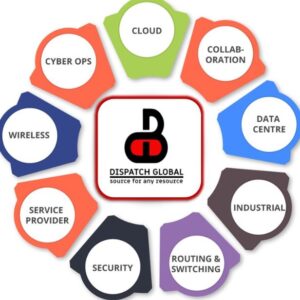






IT infrastructure
Solving for data-driven problem at scale
Instant Solutions For All Your Problems



Identify business requirements


Compare the current network to the requirements

Design the network at a high level, then in detail


Deploy the network

Monitor, and improve
Our Life Cycle Model
A life-cycle model helps design, as it defines network needs. This helps remove some of the ‘guess-work’, bias, and assumptions. This also creates a baseline of how a network should perform and behave. Use this baseline to measure the success of the project, and to monitor network health.
Several ‘deliverables’ come out of the design process. These are documents, such as the high-level design, bill of materials, and so on. These are useful to map business needs against technical solutions. This also bridges the gap between technical and non-technical staff.
One of the most important deliverables to come out of the design process is the project plan. Use this to create a plan of tasks, milestones, and responsibilities. If the project is repeatable, such as with branch office networks, the plan is reusable.

• Lower TCO
Planning eliminates guesswork. This enables you to use the right equipment for the job. This avoids the biggest (overkill) or cheapest (under-spec) equipment. This minimizes redesigns, upgrades, and waste

• Availability and Performance
High availability in the network prevents costly downtime

• Business Agility
If you understand the business direction, the network can future-proofed. This prevents a reactive ‘ground-up’ redesign in the near-future. You can always contact us on email or do a live call for more details.
PPDIOO


Prepare
Determine business goals, and create a High Level Design
Plan
Identify network requirements, and perform a gap analysisDesign
Create a detailed technical design accordingly
Implement
Configure and deploy the network up to the standards
